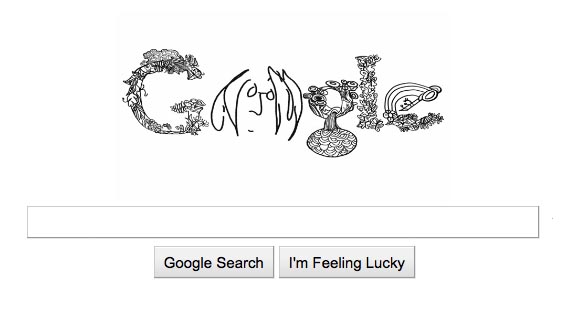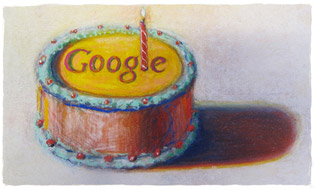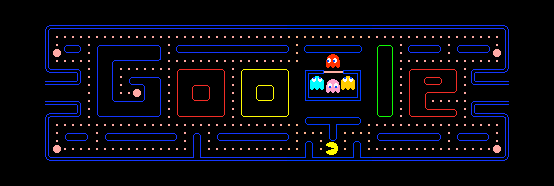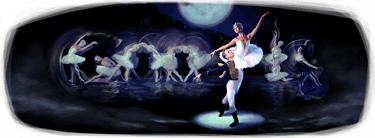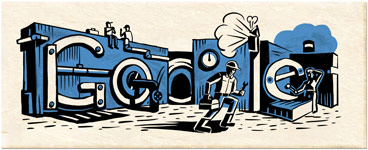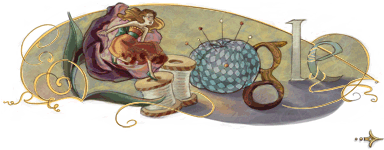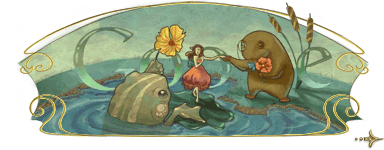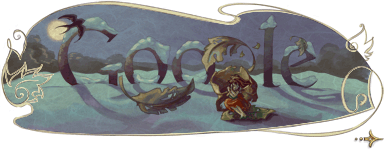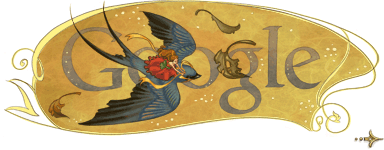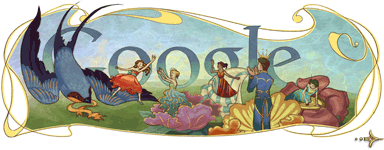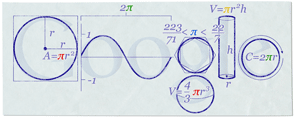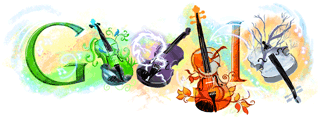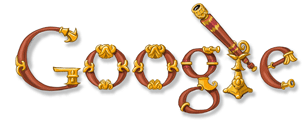Google is celebrating John Lennon‘s 70th birthday with a video google doodle!
Give peace a chance.
Archive for 'picture'
What a pleasant surprise!
Today is the 30th anniversary of Pacman.
Who does not love Pacman.
We all growing up playing Pacman.
Today you can experience it again on Google. Enjoy!
although the homepage of google no longer show the google’s pacman logo.
you can still play it at www.google.com/pacman
update: you can embed the game to your site too. refer here.
ps: they also changed the “I’m Feeling Lucky” button to “Insert Coin”. Cool huh?
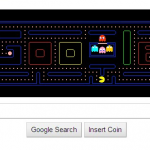
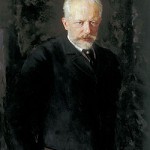
Pyotr Ilyich Tchaikovsky (May 7, 1840 [O.S. April 25] – November 6, 1893 [O.S. October 25]) was a Russian composer of the Romantic era. Tchaikovsky wrote music across a range of genres, including symphony, opera, ballet, instrumental, chamber and song. He wrote some of the most popular concert and theatrical music in the current classical repertoire, including the ballets Swan Lake, The Sleeping Beauty and The Nutcracker, as well as the 1812 Overture, his First Piano Concerto, his last three numbered symphonies, and the opera Eugene Onegin.
Born into a middle-class family, Tchaikovsky was educated towards a career as a civil servant, despite the musical precocity he had demonstrated. Against the wishes of his family, he chose to pursue a musical career, and, in 1862, he entered the Saint Petersburg Conservatory, graduating in 1865. The formal, Western-oriented training he received set him apart from the contemporary nationalistic movement embodied by the influential group of young Russian composers known as The Five, with whom Tchaikovsky sustained a mixed professional relationship throughout his career. [via]
Every year we celebrate Labor Day as a national holiday. In the United States happens every September. Many people celebrate this holiday by taking a vacation or spending time with family and friends.
Happy Labour Day!
Hans Christian Andersen, in Denmark he is referred to using the initials: H. C. Andersen) (April 2, 1805 – August 4, 1875) was a Danish author and poet noted for his children’s stories. These include “The Steadfast Tin Soldier”, “The Snow Queen”, “The Little Mermaid”, “Thumbelina”, “The Little Match Girl”, and the “The Ugly Duckling”.
During his lifetime he was acclaimed for having delighted children worldwide, and was feted by royalty. His poetry and stories have been translated into more than 150 languages. They have inspired motion pictures, plays, ballets, and animated films. [wikipedia]
Pi Approximation Day is celebrated on July 22 due to popular approximation of pi of Archimedes’ 22 / 7. However, this can be misleading, since all the dates cited are days “approach” (as pi is an irrational number) and 22 / 7 is actually a little closer than 3.14 pi. Typically, March 14 is more popular in countries that use the format month / day (22 / 7 is a possible date in this format), and July 22 is more popular in countries using the format day / month (from 3 / 14 and 31 / 4 dates are impossible in this format).
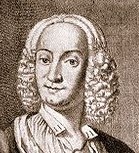 Vivaldi was one of the pioneers of the concert. He is one of most popular and greatest composers. Early in 1700 Vivaldi began writing his concerts have been widely spread on the manuscript. Vivaldi is known to change nature of the concert. Previous concerts were relatively different, Vivaldi was able to mark the change of concertsthey once were, for what they are now.
Vivaldi was one of the pioneers of the concert. He is one of most popular and greatest composers. Early in 1700 Vivaldi began writing his concerts have been widely spread on the manuscript. Vivaldi is known to change nature of the concert. Previous concerts were relatively different, Vivaldi was able to mark the change of concertsthey once were, for what they are now.

Oscar

Elmo

Count Von Count

All Characters
everyone love Sesame Street.
nice doodle from Google in celebrating 40th anniversary of Sesame Street.
i will update as the doodle changes.
love it!
Galilean telescope
The original design Galileo came up with in 1609 is commonly called a Galilean telescope. It uses a convex objective lens and a concave eyepiece lens. Galilean telescopes produce upright images.
Galileo’s best telescope magnified objects about 30 times. Because of flaws in its design, such as the shape of the lens, the images were blurry and distorted. Despite these flaws, the telescope was still good enough for Galileo to explore the sky. The Galilean telescope could view the phases of Venus, and was the first to see craters on the Moon and four moons orbiting Jupiter. – via source
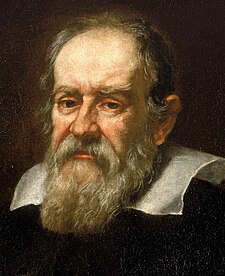 Galileo Galilei (15 February 1564[2] – 8 January 1642)[1][3] was an Italian physicist, mathematician, astronomer, and philosopher who played a major role in the Scientific Revolution. His achievements include improvements to the telescope and consequent astronomical observations, and support for Copernicanism. Galileo has been called the “father of modern observational astronomy,”[4] the “father of modern physics,”[5] the “father of science,”[5] and “the Father of Modern Science.”[6] Stephen Hawking says, “Galileo, perhaps more than any other single person, was responsible for the birth of modern science.”[7] – via source
Galileo Galilei (15 February 1564[2] – 8 January 1642)[1][3] was an Italian physicist, mathematician, astronomer, and philosopher who played a major role in the Scientific Revolution. His achievements include improvements to the telescope and consequent astronomical observations, and support for Copernicanism. Galileo has been called the “father of modern observational astronomy,”[4] the “father of modern physics,”[5] the “father of science,”[5] and “the Father of Modern Science.”[6] Stephen Hawking says, “Galileo, perhaps more than any other single person, was responsible for the birth of modern science.”[7] – via source
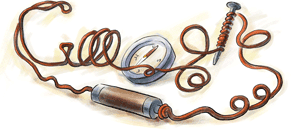
 Hans Christian Ørsted (14 August 1777 – 9 March 1851) was a Danish physicist and chemist who is best known for discovering that electric currents can create magnetic fields, which is an important part of Electromagnetism. He shaped post-Kantian philosophy and advances in science throughout the late nineteenth century. He was also the first modern thinker to explicitly describe and name the thought experiment.
Hans Christian Ørsted (14 August 1777 – 9 March 1851) was a Danish physicist and chemist who is best known for discovering that electric currents can create magnetic fields, which is an important part of Electromagnetism. He shaped post-Kantian philosophy and advances in science throughout the late nineteenth century. He was also the first modern thinker to explicitly describe and name the thought experiment.
Read more at http://en.wikipedia.org/wiki/Hans_Christian_Ørsted

